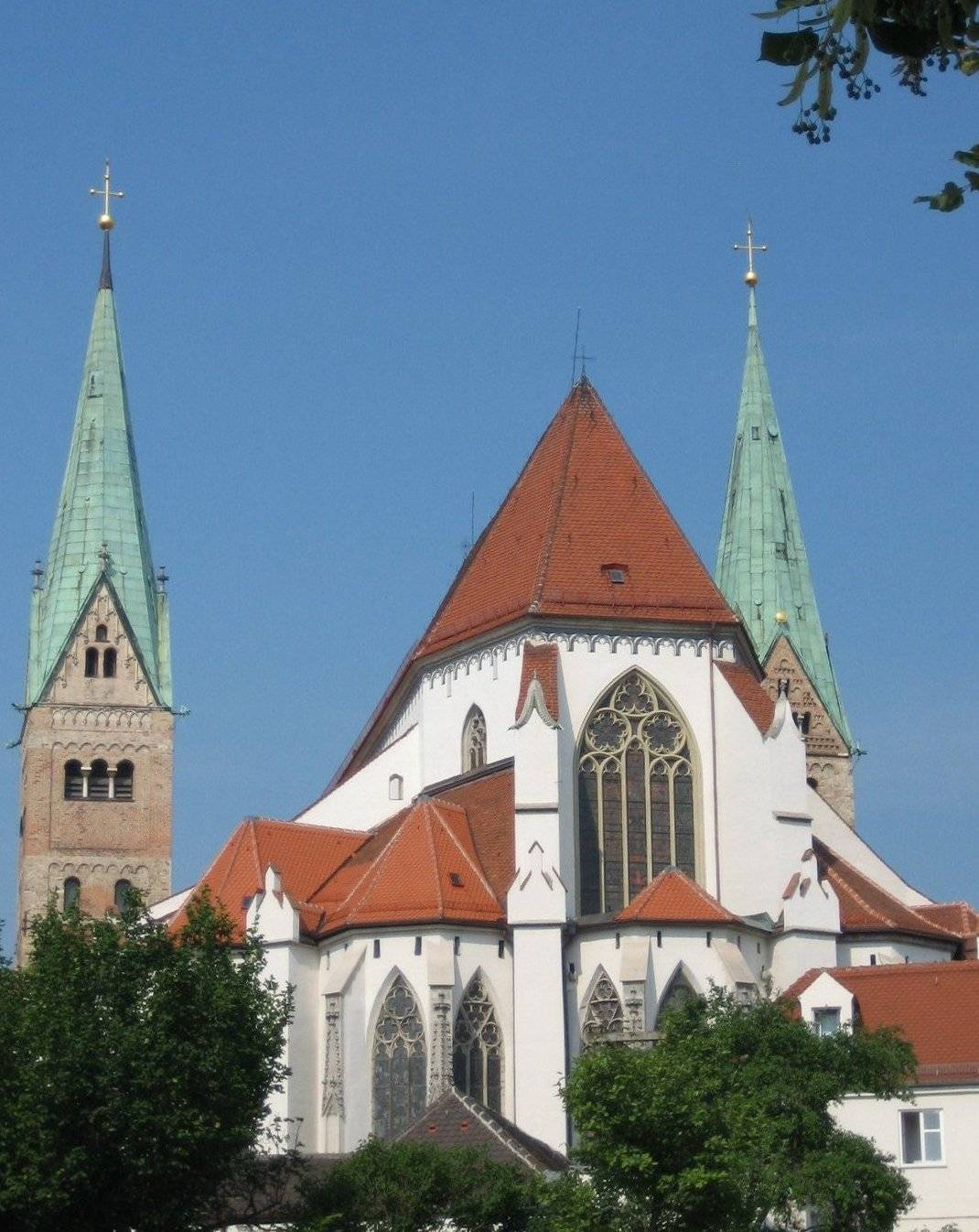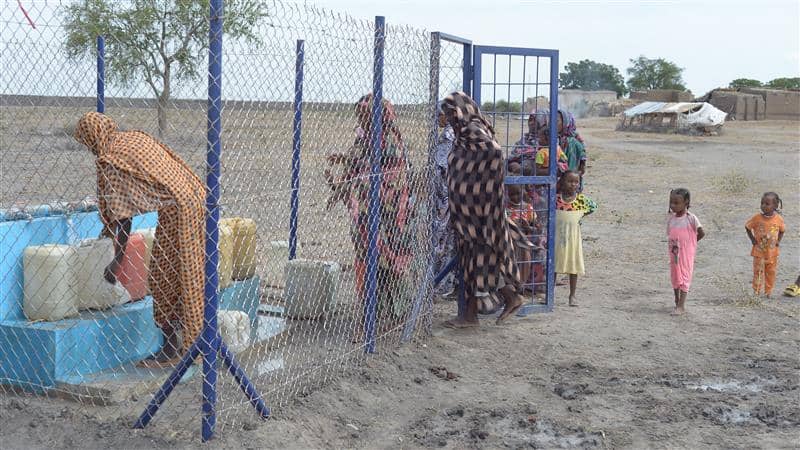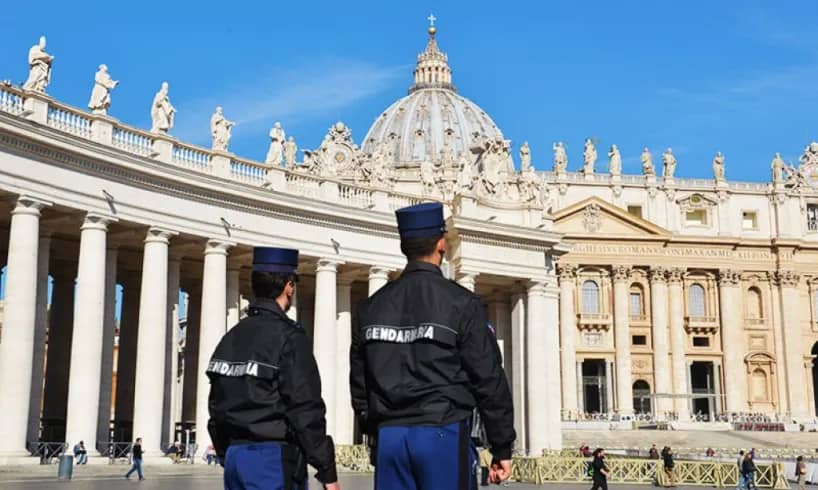DENVER – One can run the numbers in various ways, but there’s little doubt that, at the end of the day, one of the most dangerous places in the world right now to be Catholic, especially a Catholic priest, has to be Nigeria.
Most people are familiar with Boko Haram, Nigeria’s home-grown radical Islamist movement, which has killed tens of thousands and left an estimated 2.3 million people displaced since the group turned violent in 2015. While its main battle seems to be against what it regards as a corrupt Nigeria state, there’s also an explicitly anti-Christian thrust to its ideology that has left Christians exposed, especially in the north of the country where Boko Haram is concentrated.
What’s often less appreciated is that Catholics, especially clergy, are also routinely targeted in at least two other parts of Nigeria: The “Middle Belt” and in the country’s oil-rich and often lawless Delta region.
In July, for example, two kidnappers of Father John Adeyi, a parish pastor in the Diocese of Otukpo in Benue State, were sentenced to death by hanging, after having confessed to shooting Adeyi in 2016 following the collection of a ransom of some two million Nigerian Naira (roughly $5,500) from his family. Adeyi, who was known for his work with orphans and widows, had just celebrated the silver anniversary of his priesthood.
Just this past April, seventeen Catholic laity and two priests were slaughtered when gunmen belonging to the largely Muslim Fulani ethnic group, who are mostly herdsmen, attacked a 5:30 a.m. funeral Mass at St Ignatius Quasi Parish in Ukpor in Benue State. After killing indiscriminately in the church, they proceeded to burn homes and farmland in the area.
“People started scampering and wailing,” a witness later said. “Nineteen persons, including Fathers Joseph Gor and Felix Tyolaha, who were holding the morning Mass, were gunned down in cold blood, while many sustained injuries, including bullet wounds.”
“After attacking the church, the invaders descended on the community and razed over 60 houses, farmland, food barns after carting away what the people had in their barns,” the witness said.
Shifting to Delta State, Father Andrew Anah, pastor of Sacred Heart Parish in Obomkpa, was released unharmed in mid-July after being kidnapped for two days. It was the second kidnapping in less than 12 months for Anah, who had also been abducted in August 2017 while traveling the same road. Although never officially confirmed, it’s believed that ransoms were paid in both cases to secure the priest’s freedom.
Anah since has been transferred to another parish.
In September, Father Louis Odudu of the Diocese of Warri was kidnapped and died five days later. He had escaped his abductors and then complained of stomach pain, and upon being taken to a local hospital, he succumbed. So far, there’s been no public finding as to whether he died as a result of injuries sustained during his kidnapping.
Members of the Diocese of Warri were already mourning the death of Father Stephen Ekakabor, who died in early September following a brain injury sustained during an armed invasion of his rectory in 2017. In fact, faithful were holding a prayer vigil for Ekakabor when news of Odudu’s death reached the diocese.
Just two weeks ago, four Catholic priests in the Delta were kidnapped by armed men while the clerics were traveling for an annual celebration at the Seminary of All Saints in Uhiele- Ekpoma, where they are alumni. The priests were released four days later and treated in a local hospital. Police confirmed that a ransom had been paid, though refused to comment on reports that the amount was 20 million Nigerian Naira, roughly $56,000.
That incident came just days after four nuns and two novices with the Order of the Missionary of Martha and Mary were kidnapped in Delta State on their way back from a funeral in the eastern part of the country, with gunmen firing on their vehicle and then apprehending six people. Two other sisters reportedly suffered leg wounds from the gun attack.
This, by the way, isn’t a comprehensive list of incidents – mostly, it’s those which drew at least some fleeting interest in the international press.
One take-away from the Nigerian situation is that at least in the Middle Belt and in the Delta, these victims of persecution aren’t really “martyrs” in the traditional sense of the word, because the violence directed against them isn’t really motived by specifically religious hatred.
In the Middle Belt, the attacks by Fulani gangs are related to disputes over land – the ranchers want it for grazing, while the farmers want to grow crops. It’s basically incidental that the ranchers are mostly Muslim, and the farmers largely Christian.
In the Delta, kidnapping is a boom industry for criminal gangs, and, when they look around for soft targets that would have the capacity to pay off a ransom, priests and nuns loom large. Frankly, most of these gangs couldn’t care less if it’s a Catholic priest, a Hindu swami or a lion-tamer – all they’re interested in is a payoff.
Still, the question has to be asked: Why are these people there in the first place? Why do they choose to remain in such a dangerous spot, when their social status could theoretically afford them the resources they need to get out?
The answer almost certainly is rooted in their religious faith, and in that sense, Nigeria’s new martyrs could be a perfect extension of an evolution in Catholic thought on sainthood which has been underway since the era of St. Pope John Paul II and which recently reached full flower with the canonization of St. Oscar Romero of El Salvador.
In a nutshell, the key shift is this: What matters most isn’t the motive of the assassin, but of the victim.
Romero’s assassins weren’t motivated by religious hatred; indeed, most understood themselves as devout Catholics. However, Pope Francis recognized Romero as what some experts on saint-making describe as a martyr in odium amoris, meaning someone killed “in the hatred of love” inspired by Christian faith.
Nigeria has presidential elections coming up in February 2019, and one hopes that security and the protection of minorities, especially in areas such as the Middle Belt and the Delta, will loom large.
But in the meantime, there’s another sort of reflection for the Church – specifically, whether we’re witnessing one of the most dramatic forms of martyrdom in odium amoris anywhere in the world in Africa’s most populous nation, and a looming Catholic powerhouse as the 21st century rolls along.

















